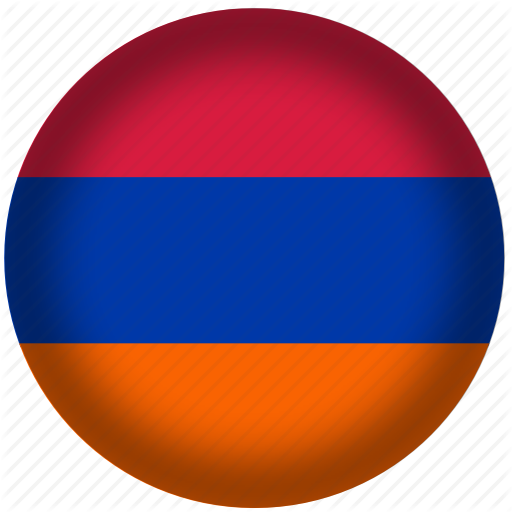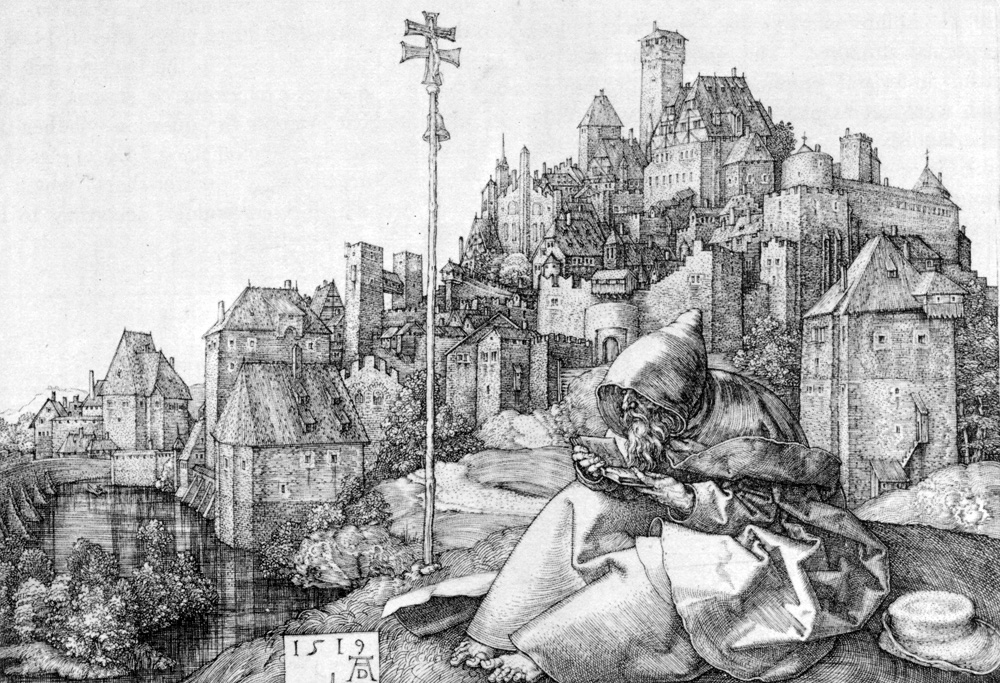DOI: https://doi.org/10.34680/urbis-2025-5(1)-79-95
Signs of transition from scholastic thought to the age of Enlightenment in Anatolia in the second half of the nineteenth century: The case of Balıkesir Province
Mustafa Ozsarı
Balıkesir Üniversitesi, Balıkesir, Turkey
ORCID: 0000-0002-5230-014X
ABSTRACT
Balıkesir is a province in Western Anatolia, bordered by Manisa and İzmir to the south, the Sea of Marmara and Bursa to the north, the Aegean Sea to the west, and Uşak and Kütahya to the east. Known as Mysia in antiquity, the region has historically exhibited a multilingual, multicultural, multinational, and polyphonic character. In the second half of the nineteenth century, the population of Balıkesir included Muslim Turks, Greeks, Armenians, Bulgarians, and a small number of Jews. The Muslim and Christian communities tended to adhere to religious doctrines and scholastic worldviews. However, the rationalism and scientific inquiry promoted by the European Enlightenment in the eighteenth century did not begin to influence Balıkesir until nearly a century later. This delayed influence manifested in education, publishing, printing, religious perception, and a turn toward new forms of artistic expression. Among the diverse populations, the Greeks of Ayvalık appear to have benefited more substantially from the Enlightenment’s legacy than the Turks and Armenians. Nonetheless, the processes of change and transformation among Muslim Turks and Armenians unfolded in parallel. This article briefly examines the signs of modernization that emerged in Balıkesir under the influence of the European Enlightenment in the late nineteenth century, drawing on sources such as newspapers, sale names, and memoirs.
KEYWORDS: Balıkesir, Enlightenment, nineteenth century, modernization, Western Anatolia.
References
Akyüz, K․ (1979). Modern Türk Edebiyatının Ana Çizgileri [Main lines of contemporary Turkish literature]. İnkılap ve Aka Yayınları. (In Turkish).
Bayraktar, B. (1998). Osmanlı’dan Cumhuriyete Ayvalık Tarihi [The history of Ayvalık from the Ottoman Era to the Republic]. Atatürk Araştırma Merkezi Yayınları. (In Turkish).
Eren, M. (1990). Balıkesir İl Müftüleri ve Tarihi Kitabeler [Provincial Muftis of Balıkesir and Historical Inscriptions]. Balıkesir (İnce Ofset). (In Turkish).
Hüdavendigar Vilayeti 1318 Salnamesi [Yearbook of Hüdavendigar Province 1318]. Mahmut Bey Matbaası. (In Turkish).
Huyugüzel, Ö. F. (2000). İzmir Fikir ve Sanat Adamları (1850–1950) [Intellectuals and Artists of İzmir (1850–1950)]. Kültür Bakanlığı Yayınları. (In Turkish).
İskender, S. (2005). Karesi Gazetesindeki Edebî ve Kültürel Muhteva Üzerinde Bir İnceleme [A study on literary and cultural content in the newspaper Karesi]. Balıkesir Üniversitesi Sosyal Bilimler Enstitüsü. (In Turkish).
Kocabaşoğlu, U., & Birinci, A. (1995). Osmanlı Vilâyet Gazete ve Matbaaları Üzerine Gözlemler [Observations on Ottoman provincial newspapers and print houses]. Kebikeç, 2, 101–122. (In Turkish).
Öntuğ, M. M. (2006). Balıkesir’deki Ermeni Kilisesi ve Mektep Açma Faaliyetleri [Activities of establishing Armenian churches and schools in Balıkesir]. OTAM – Osmanlı Tarihi Araştırma ve Uygulama Merkezi Dergisi, 19, 343–364. (In Turkish).
Özer, K. (1937a). Tarih Tetkikleri- 3 / Ayvalık Tarihi [The History of Ayvalık–3]. Türk Dili, 3700, 4. Kasım (1937). (In Turkish).
Özer, K. (1937b). Tarih Tetkikleri-10 / Ayvalık Tarihi [The History of Ayvalık-10]. Türk Dili, 3708, 13. Kasım (1937). (In Turkish).
Özer, K. (1937c). Tarih Tetkikleri-13 / Ayvalık Tarihi [The History of Ayvalık-13]. Türk Dili, 3717, 17. Kasım (1937). (In Turkish).
Özer, K. (1937d). Tarih Tetkikleri-16 / Ayvalık Tarihi Yeni Cunda – Alibey Nahiyesi 9 [The History of Ayvalık 16, Yeni Cunda (Alibey Town)]. Türk Dili, 3734, 17. Aralık (1937). (In Turkish).
Özsarı, M. (2005). Balıkesirli Bir Modernist Eğitimci: Şuurî Sabahattin Ali Efendi [A modernist educator from Balıkesir: Şuurî Sabahattin Ali Efendi]. Müteferrika, 27, 213–219. (In Turkish).
Özsarı, M. (2007). 19. Yüzyılın İkinci Yarısında Balıkesir’in Sosyal ve Kültürel Durumuna Genel Bir Bakış [An overview of the social and cultural conditions in Balıkesir in the second half of the 19th century]. Ege Üniversitesi Edebiyat Fakültesi Yayınları.
Türk Dili ve Edebiyatı Araştırmaları Dergisi, XIII, 1. (In Turkish).
Saadettin M. (1303/1887). Arz-ı Teşekkür. Karesi, 7, 16 [Nisan 1303/28 Nisan 1887].
Mutaf, A. (2003). Salnâmelerde Karesi Sancağı 1847–1922 [Karesi district in the yearbooks 1847–1922]. Petek Ofset. (In Turkish).
Salname-yi Devlet-i Âliye-i Osmaniye (1315/1899) (Yearbook of the Ottoman Empire for the year 1315). Alem Matbaası. (In Ottoman Turkish).
Türer, A., Korkmaz, F., & Özdemir, Z. (1998). Cumhuriyet Dönemi ve Öncesi Balıkesir’de Eğitim [Education in Balıkesir during and before the Republican era]. Milli Eğitim Müdürlüğü Yayınları. (In Turkish).
Uzunçarşılı, İ. H., & Karesi, İ. (1342/1925). Sultani Lisesine Mahsus Salname [Yearbook of Karesi Secondary and High Schools]. Vilayet Matbaası. (In Ottoman Turkish).
Mustafa Ozsarı Signs of Transition from Scholastic Thought to the Age of Enlightenment Uzunçarşılı, İ. H. (1343/1925). Karesi Vilayeti Tarihçesi [History of the province of Karesi]. Hüsn-i Tabiat Matbaası. (In Ottoman Turkish).
Uzunçarşılı, İ. H. (2023). Karesi Meşahiri [Notable figures of Karesi]. In M. Özsarı (Ed.), Karesi Belediyesi Yayınları. (In Turkish).
Information about the author
Mustafa Ozsarı
Ph.D. (Philology), Professor
Department of Turkish Language and Literature.
Balıkesir University
Çağış Yerleşkesi, Balıkesir, 10145, Turkey
ORCID: 0000-0002-5230-014X
ResearcherID: AD-9932-2022
e-mail: [email protected], [email protected]
For citation:
Ozsarı, M. (2025). Signs of Transition from Scholastic Thought to the Age of Enlightenment in Anatolia in the Second Half of the Nineteenth Century: The Case of Balıkesir Province. Urbis et Orbis. Microhistory and Semiotics of the City, 5(1), 79–95. https://doi.org/10.34680/urbis-2025-5(1)-79-95






